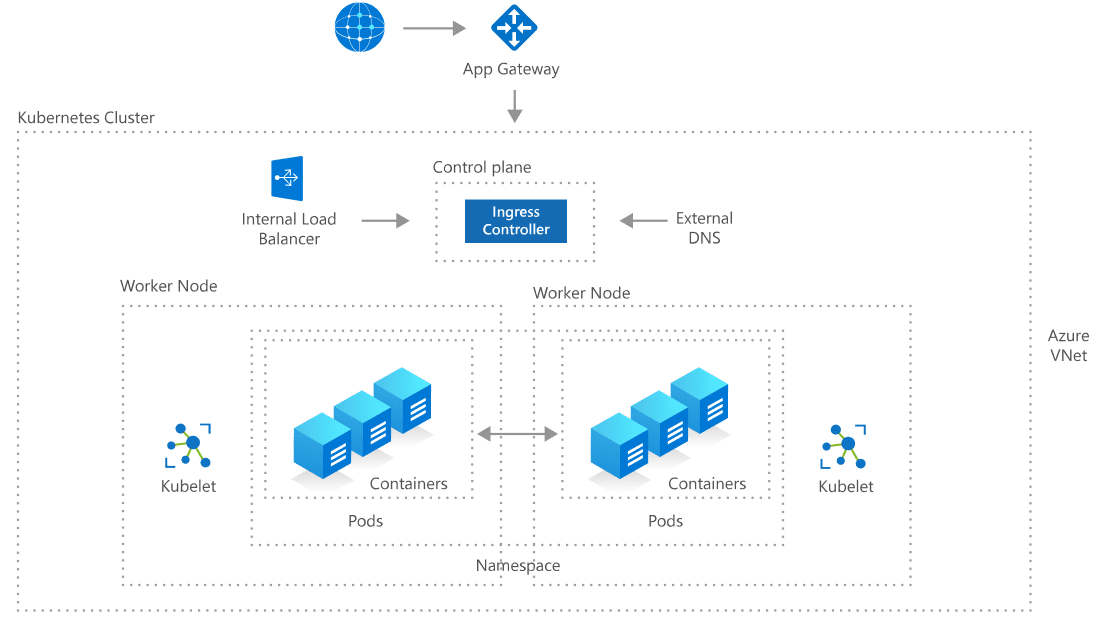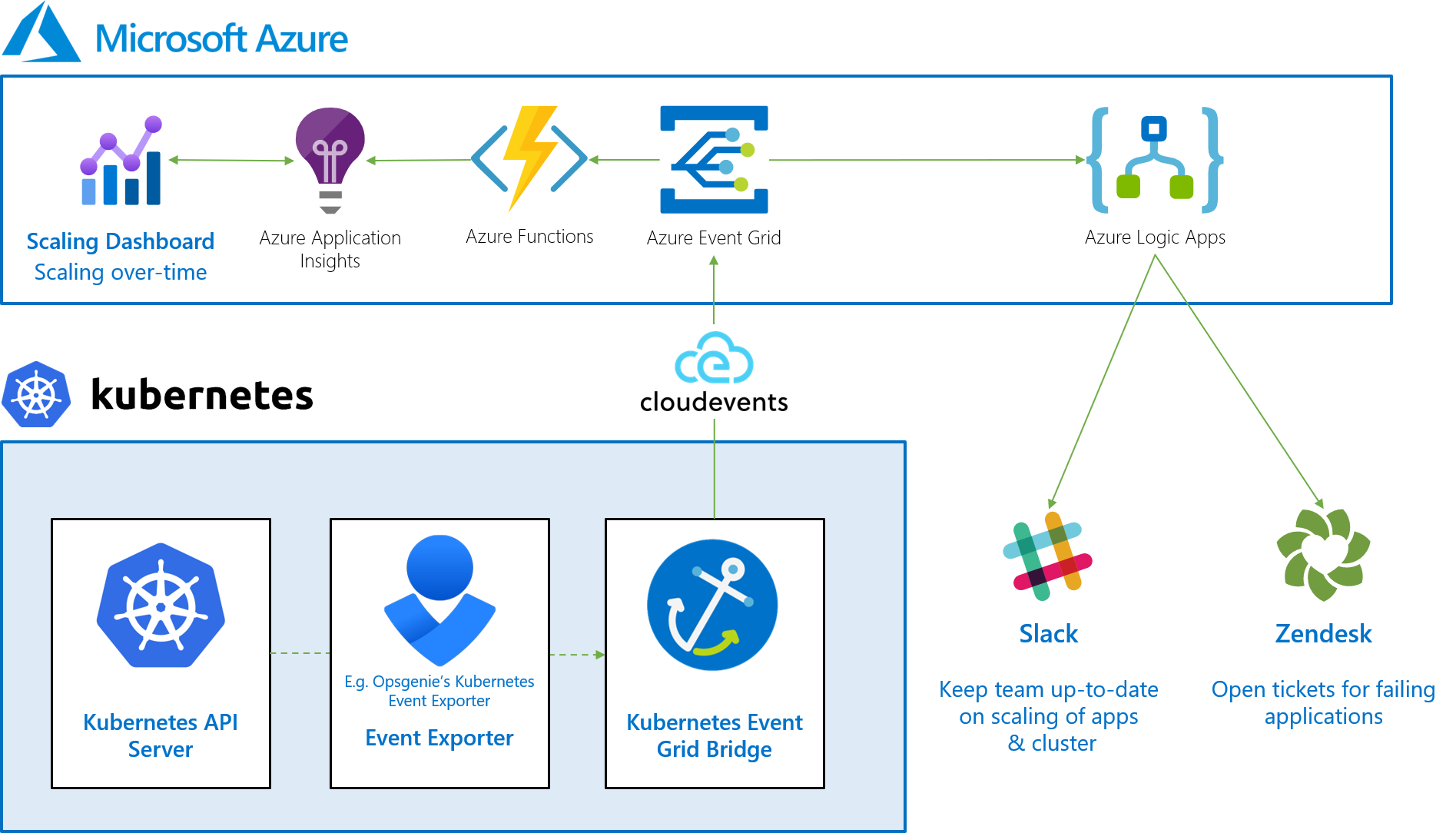

- #What is kubernetes in azure how to#
- #What is kubernetes in azure install#
- #What is kubernetes in azure software#
- #What is kubernetes in azure free#
You will need to install the Juju client.

Using Juju to drive Kubernetes workloads on AKS requires installing some prerequisite software: Register the cluster as a Kubernetes cloud.

#What is kubernetes in azure free#
AKS will help you scale your applications to your needs and provide a free master node while doing so. Now you know more about how you can deploy a cluster using AKS. The platform makes it easy for teams to monitor Kubernetes events, metrics, latency by microservice, and logs.
#What is kubernetes in azure software#
If you want to get more insight into your cluster once it’s been deployed, you can use ContainIQ, a software platform to monitor Kubernetes metrics and events. Kubectl is now configured, which you can test by running kubectl get nodes. These are obtained by running the following command:Īz aks get-credentials -resource-group aks-example -name aks-example With kubectl installed, you need to get the credentials for your cluster. If you don’t already have kubectl installed, you can do so by running az aks install-cli. Once your cluster is deployed, either via the Portal or the CLI, you need to connect to it. Over time you likely want to set this to your office or a company VPN IP, but for now set it to your own IP.

There are constantly bots scanning the web for open Kubernetes API servers, so it’s important that you restrict the IPs allowed to access your API server. api-server-authorized-ip-ranges >your-ip-api-server-authorized-ip-ranges flag in the command. This will lead you to a page where you can search for various resource types. Once you’ve opened up the portal, click Create a resource. A prerequisite for following this guide is that you already have an Azure account and subscription set up. Using Azure Portalįirst, let’s explore the Azure Portal. You’ll be introduced to both in this article. However, there are only two official ways to deploy a cluster: There are many different ways to deploy an AKS cluster since many third-party tools like Terraform and Pulumi exist. Combine that with the free master node and you can have an AKS resource ready to use, which costs you nothing while you don’t use it.Īzure also offers Azure Monitor for built-in monitoring of cluster performance and health. General auto-updating is another feature, and yet another great benefit is that AKS supports scale-to-zero. Some small but important features also make a difference.īy default, any security patches are automatically installed in your cluster. Depending on the size of your cluster, the price is negligible, but it’s something to keep in mind. As well as integrating well with other components, you can also expect great integration with Azure DevOps and GitHub, both Git providers owned by Microsoft.Īdditionally, Azure is also the only cloud provider left offering a free master node. It integrates directly with Azure AD, making it easy for you to manage permissions. If you’re already running some or all of your workload on Azure, AKS is an obvious choice for your cloud solution.
#What is kubernetes in azure how to#
In this post you will be given a walkthrough of why you’d want to choose AKS, how to set it up, and what you should be aware of when using AKS. Additionally, Kubernetes can also provide load balancing on multiple different nodes, ease your deployment process, and generally help manage your applications.Īzure Kubernetes Service (AKS) is one of the three major cloud Kubernetes offerings, alongside Elastic Kubernetes Service from AWS and Google Kubernetes Engine. It helps orchestrate containers, ease deployments, and automates the scaling of your applications. There are many reasons why you would want to use Kubernetes.


 0 kommentar(er)
0 kommentar(er)
